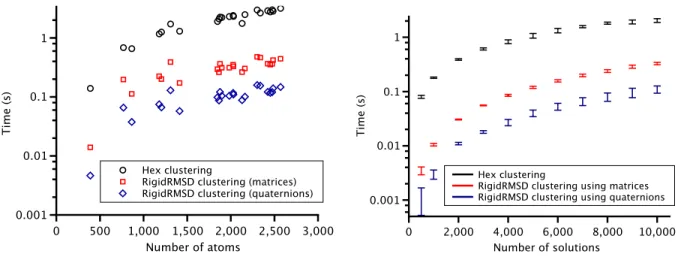Rapid determination of RMSDs corresponding to macromolecular rigid body motions
Texte intégral
Figure



Documents relatifs
This note provides a direct method for obtaining Lagrange’s equa- tions describing the rotational motion of a rigid body in terms of quaternions by using the so-called
Existence of contacts for the motion of a rigid body into a viscous incompressible fluid with the Tresca boundary conditions... Existence of contacts for the motion of a rigid body
In the first case, we suppose that one equilibrium point is chosen a priori and a continuous controller is used under the assumption that the rigid body always spins in the
Besides the geometric analysis, an important role in our study is played by the Hampath code [12], which allows the explicit numerical computation based on the evaluation of
In particular, we consider an alternative approach to regularity, based on quasi-r- regular polygons, which are used as intermediate continuous models of digital shapes for their
In this section, we study the images of the remainder map ρ with respect to the parame- ters of the underlying rigid motion. In the case of the square grid, it is known that only
This article is organized as follows. In Section 2 we recall basic definitions and generalize to digitized rigid motions on Z 2 the combinatorial model proposed previously by Nouvel
6 Finding the local bijectivity angle interval The algorithms discussed in the previous section can verify if a digitized rigid motion restricted to a finite digital set S